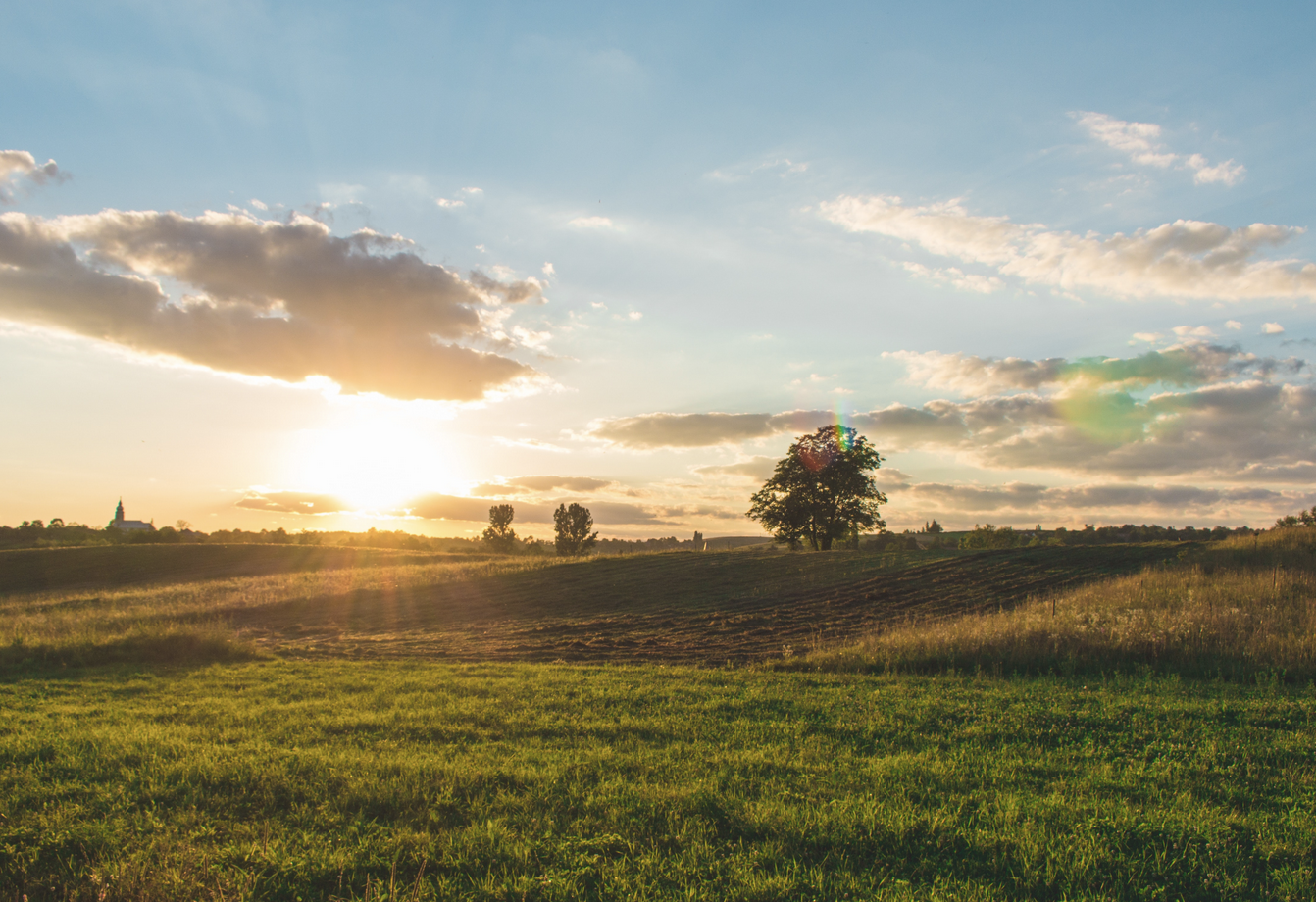Read about Potassium (potash or K) on the PDA's website at https://www.pda.org.uk/what-is-potash/
See the International Potash Institute at https://www.ipipotash.org/
See the International Fertiliser Association at https://www.fertilizer.org/

Potassium is an important macro-nutrient for plant growth
Read about Potassium (potash or K) on the PDA's website at https://www.pda.org.uk/what-is-potash/
See the International Potash Institute at https://www.ipipotash.org/
See the International Fertiliser Association at https://www.fertilizer.org/
Content below is from across the PEP community and is not necessarily endorsed by Stewards or by PEP
Plants need around 12 essential mineral nutrients to grow: Nitrogen (N), Phosphorous (P), Potassium (K), Magnesium (Mg), Sulphur (S), Calcium (Ca), Iron (Fe), Manganese (Mn), Zinc (Zn), Copper (Cu), Boron (B) and Molybdenum (Mo).
Phosphorus (P) is an essential nutrient for both plants and animals, playing a key role in energy transfer as a major component of ATP. It is also vital in DNA. For full capture & conversion of solar energy, crop canopies need 30-40 kg/ha P. Crop species redistribute most of this P (~85%; more than for any other nutrient) to their seeds during canopy senescence, where it is stored as phytate. Plants appear to do this because, until their roots proliferate, plant seedlings are highly sensitive to P shortages.
Analysing grain for all 12 nutrients can be an effective tool to improve nutrient management, providing information on crop nutrient status and nutrient offtakes. It can indicate whether your crops are getting hold of the nutrients they need, or whether you can save on future fertiliser use.
YEN Nutrition brings together those wanting to achieve more precise crop nutrition. High fertiliser prices now make this vital. Assuming that 'crops know best' engagement in YEN Nutrition starts by benchmarking grain nutrients to show those that were limiting (or excessive) for each crop.
Share your ideas and experience of how to improve nutrient efficiency and reduce dependence on artificial fertilisers
A forum for technical information about all aspects of fertilisers and crop nutrition.
This Topic doesn't yet have a Stewarded summary, but connected groups, content and organisations show below. Click the 'Ask to Join' button if you would like to be a Steward for this Topic and provide a summary of current knowledge and recommend useful resources, organisations, networks and projects. "Like" this Topic if you would like to see it prioritised for providing a wikipedia style summary.
Within our Farm-PEP Innovate UK project we are looking to develop 'patch testing' as an approach
One of the defining memories of the 2018 cereal harvest must be the colour of the straw. Social m
Managing nutrients effectively is crucial for our soils, crops, livestock and environment. There are many resources and initiatives available to help.
Open access text book comprehensively reviewing advances in potassium science and potash fertilizer . Murrell, T.S., Mikkelsen, R., Sulewski, G., Norton, R., Thompson, M. (2020) Improving Potassium Recommendations for Agricultural Crops. Springer. https://doi.org/10.1007/978-3-030-59197-7
Discussion
Useful links via LinkedIn...